UP TO THE MINUTE
Why hard hats matter on the roof
February 11, 2025 at 6:00 a.m.By Cotney Consulting Group.
Hard hats are more than safety requirements, they are a commitment to safety and professionalism.
In the roofing industry, safety is paramount and protecting your head should be at the top of the list. Your head is home to your most vital functions: thinking, feeling, seeing, smelling and hearing. Wearing a hard hat is the first line of defense against potential head injuries on the job. Here's why hard hats are essential for roofing contractors and how to use them correctly to maximize protection.
Why hard hats matter
Roofing work often exposes employees to various risks, such as falling materials, accidental bumps and chemical spills. A hard hat shields the head by absorbing the impact from blows, deflecting falling objects and reducing the overall force transferred to the skull. Even if the hat dents or shatters upon impact, it significantly mitigates the injury by spreading out the force. Additionally, hard hats protect the scalp, face, neck and shoulders against chemical splashes or debris.
Selecting the right hard hat
Choosing the appropriate hard hat for the specific work being performed is crucial. Only use hard hats that meet industry standards and offer maximum head protection. When selecting a hard hat, consider the following:
- Fit: A well-fitted hard hat is essential for comfort and safety. Ensure that the hat sits snugly on the head without feeling too tight or loose. The right fit provides the most effective protection.
- Purpose: Different types of hard hats are designed for varying work conditions. Be sure to select one that aligns with the hazards of the roofing tasks being performed.
- Color-coding: Consider using color-coded hard hats to identify different roles on the job site, such as craft workers, supervisors and safety personnel. This practice enhances safety communication and fosters a culture of awareness and accountability.
Proper care and maintenance
The ability of a hard hat to protect a worker depends on the space between the shell and the head created by the suspension system. This suspension acts as a shock absorber, distributing the force of an impact across a larger area. To ensure that your hard hat offers the best protection, proper care and maintenance are necessary:
- Adjust the suspension straps: To optimize shock absorption, the sweatband and suspension straps must be correctly adjusted. If the straps are too loose or tight, the effectiveness of the hard hat decreases.
- Avoid sun and heat exposure: Prolonged exposure to sunlight and heat can damage the sweatband and straps, leading to rot and reduced integrity. Never leave your hard hat on the window ledge of your vehicle or in direct sunlight for extended periods.
- Daily inspections: Inspect your hard hat daily for cracks, gouges and fraying straps. A compromised hard hat will not provide adequate protection in the event of an accident. Replace the hard hat immediately if you find any signs of wear or damage.
- Handle with care: Avoid dropping, throwing or drilling holes in the hard hat. These actions can weaken its structure and reduce its ability to protect you during an impact. Treat your hard hat as an essential piece of equipment that deserves care and attention.
Leading by example
Supervisors and experienced workers should always set a positive example by consistently wearing hard hats on job sites. When supervisors actively demonstrate the importance of hard hat usage, it reinforces the message that safety is non-negotiable. Observing and complying with "Hard Hat Area" signs shows a commitment to safety practices and signals to others that they, too, should prioritize their well-being.
A hard hat is more than just a piece of safety equipment; it symbolizes a worker who believes in and practices safety. When you wear your hard hat, you protect yourself and promote a culture of safety within your team.
A hard hat is not just for impact protection
While hard hats are primarily designed to protect against falling objects and accidental bumps, they can also shield workers from chemical splashes or spills. The outer shell of the hard hat acts as a barrier, preventing harmful substances from making direct contact with the scalp, face or neck.
However, remember that a hard hat is not a substitute for other personal protective equipment (PPE) when dealing with chemical hazards. Always pair it with the appropriate safety eyewear, face shields and protective clothing to ensure comprehensive protection.
Making hard hat usage a habit
Incorporating hard hat usage into your daily routine on the job site creates a habit of safety that becomes second nature. Here are a few tips to encourage regular hard hat use:
- Educate and train: Regularly educate your team on the importance of wearing hard hats and train them on proper fitting and maintenance. Emphasizing the real-world benefits of hard hats helps workers understand why they should always wear them.
- Reinforce compliance: Clearly mark "Hard Hat Area" zones on the job site and enforce compliance among all personnel. Make it clear that wearing a hard hat is a condition of working on-site.
- Reward safety practices: Recognize and reward workers who consistently practice safe behaviors, including wearing their hard hats. Positive reinforcement can go a long way in maintaining a culture of safety.
A hard hat is a roofer's best defense against head injuries on the job. You can protect yourself and your crew from potential hazards by selecting the right hard hat, ensuring a proper fit, performing regular inspections and making hard hat usage a standard practice. Remember, a hard hat is more than just a safety requirement — it symbolizes a worker committed to safety and professionalism. Use your head and wear your hard hat when you enter the job site.
Learn more about Cotney Consulting Group in their Coffee Shop Directory or visit www.cotneyconsulting.com.
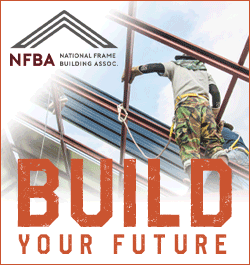


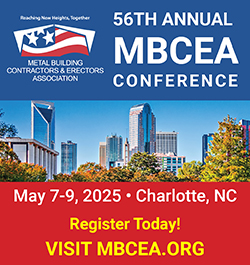
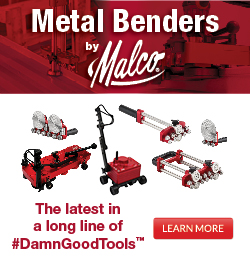


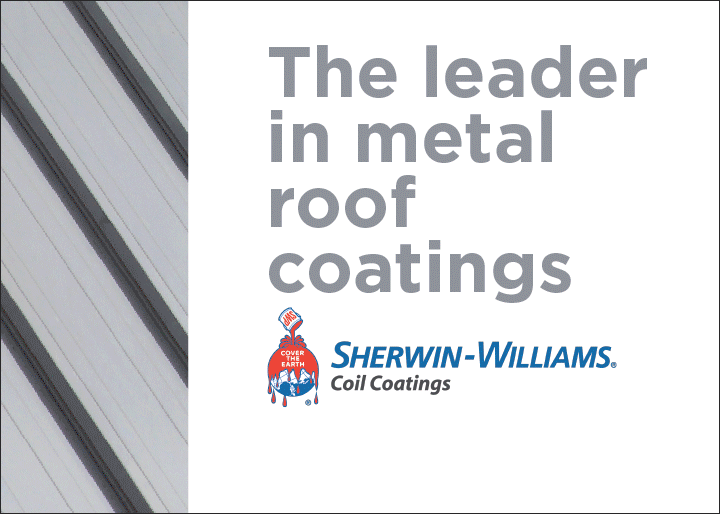
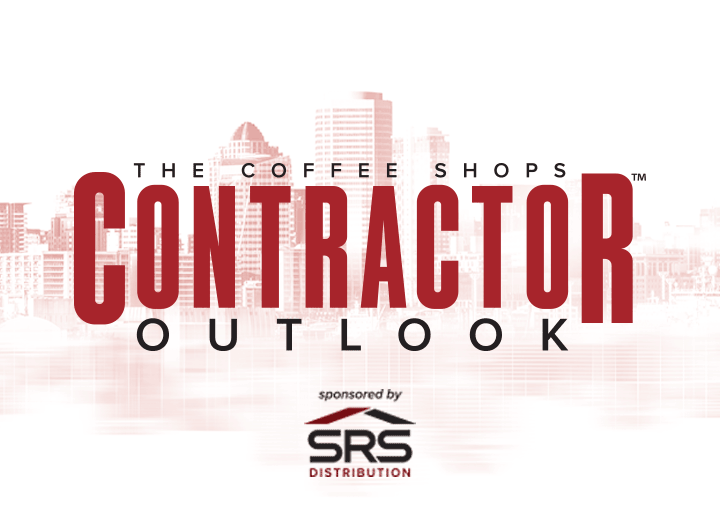
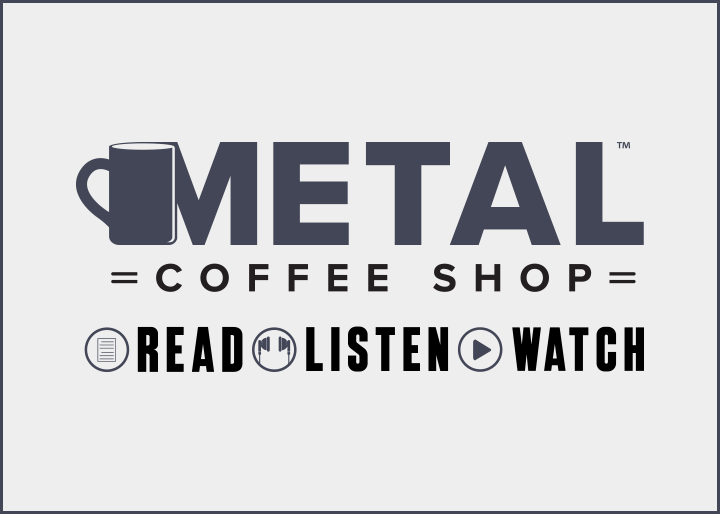
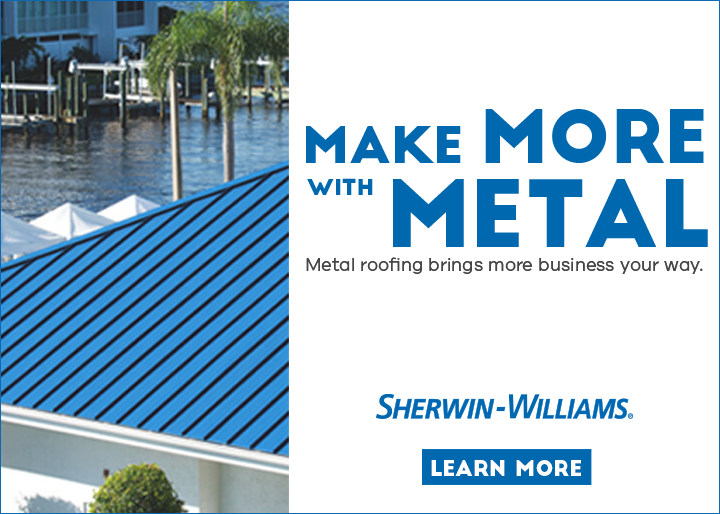

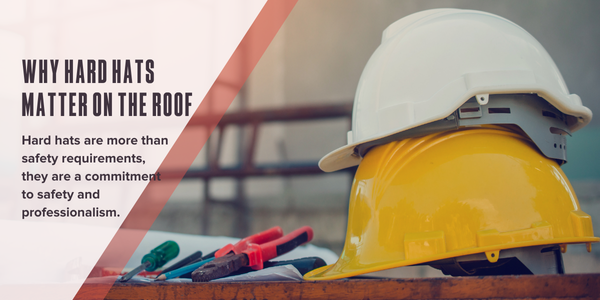
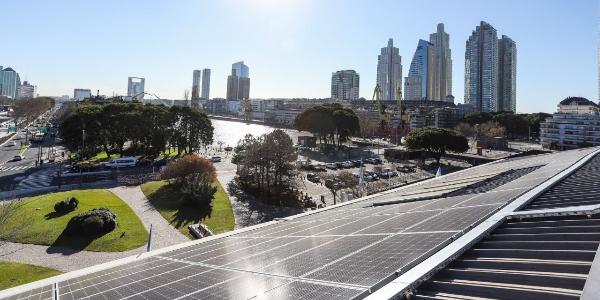



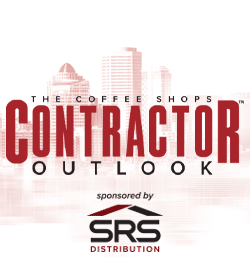

Comments
Leave a Reply
Have an account? Login to leave a comment!
Sign In